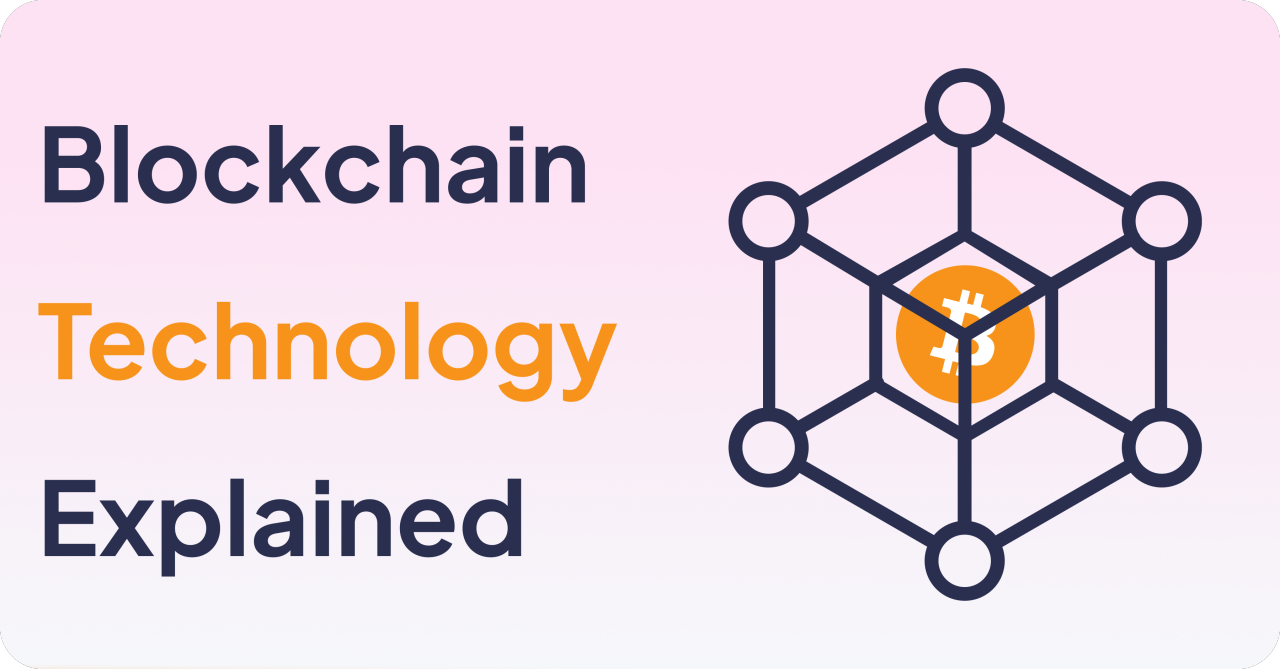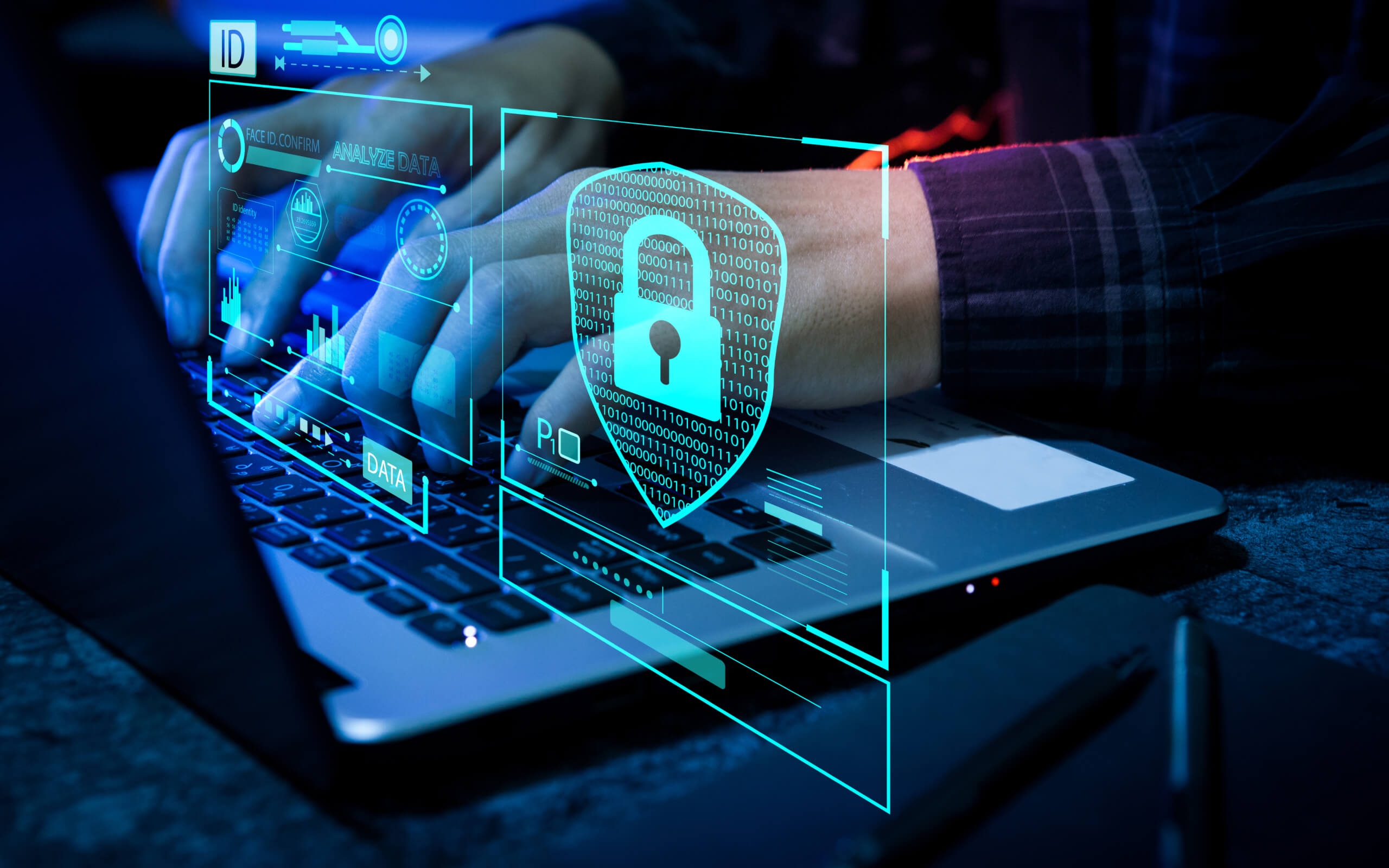The term 5G, short for Fifth Generation, is popularly used to denote the latest and most advanced wireless standard after the 4G network. This new network technology which has a theoretical peak speed of 20 Gbps compared to the peak speed of 1 Gbps offered by 4G, is designed to deliver massive network capacity, and ultra-low latency to connect virtually anyone and anything together including machines, objects, and devices.
The capabilities of 5G facilitate a wide range of new applications and use cases by converging super-fast connectivity, intelligent edge, and Internet of Things (IoT) technologies. The confluence of these technologies benefits businesses, gamers, and governments with applications that go far beyond smartphones. The 5G technology is expected to enable many future technological advances ranging from a massive IoT environment to revolutionary advances in AI, that will benefit various domains including video gaming, collaborative videoconferencing, and self-driving autonomous vehicles.
Key Areas 5G Expected to Make Revolutionary Impact
Power of IoT
The term Internet of Things which has been around for some years is becoming an indispensable technology and finding applications from home appliances to smart homes to smart city sensors. The 5G - IoT pairing gives devices the real-time ability to sense and respond, making an impact on most industries and consumers. The 5G supports a significantly larger number of connected devices and enables real-time communication between devices and the cloud, more impactfully in time-sensitive IoT applications like autonomous vehicles, remote surgery, and industrial automation, where even the slightest delay can affect their operations.
Broadband-Identical Mobile Service
Mobile services upgraded by 5G with its high data speeds, lower latency capabilities, and massive network capacity allow mobile applications to deliver broadband-similar services including 4K and 8K high-definition streaming and more immersive user experiences, such as augmented reality (AR) and virtual reality (VR) applications, and cloud-based gaming services, without the need for dedicated gaming console hardware. Furthermore, 5G enables an improved real-time combination of applications like video conferencing, remote team collaboration, and file sharing with minimal lag, on mobile devices.
The Potential of AI
While 5G has the capability to enable AI to make inferences about the data at the edge, it will also facilitate the delivery of data from devices to the central cloud, like in the cases of mission-critical and time-critical connected vehicles or medical devices where real-world data is collected in real-time and delivered it to the central cloud to enhance cloud-based learning and mapping services. Similarly, the convergence of 5G’s ultra-low latency capability, IoT, and AI technologies helps operate intelligent edge computing enabling businesses to scale up their use of data and act on insights faster, instantly, and autonomously.
Wireless Access
The high speed of 5G makes it an alternative option to a broadband connection, particularly in regions lacking fiber optics. Likewise, 5G allows private wireless networks to offer an on-premise and purpose-built network solution for secure business-critical operations. A study by Accenture has revealed that 67% of the executives surveyed are planning to set up a 5G campus network.
5G Applications and Use Cases
The upgradation of the network to 5G will help enterprises increase revenue opportunities, reduce the total cost of ownership (TCO) of applications, and improve customer experiences. While one study estimates that the GDP would increase by $2 trillion by 2030 just from the deployment of 5G across mobility, healthcare, manufacturing, and retail domains, another study forecasts that by 2035, 5G will support a wide range of industries and potentially reach a market size of up to $13.1 trillion globally. An Accenture study predicts that 5G could boost the US GDP by up to $1.5 trillion and EEC GDP by up to €1 trillion by 2025.
Let us examine some of the key applications and use cases of 5G:
Healthcare
5G enables doctors and patients to stay more connected than ever and 5G-enabled wearable devices provide alerts like an internal defibrillator automatically alerting the ER cardiology team to be ready for a new patient, with a complete medical record of the patient collected by the device. The coherent flow of data and low latency that 5G offers help enable medical practitioners to perform top-quality robotic surgery, automate tasks, and enable quicker and more precise diagnoses. McKinsey forecasts that the above-mentioned use cases in healthcare could boost the global GDP by up to $420 billion by 2030.
Retail
While 5G features can provide an enhanced experience to retail customers, it supports retail stores to manage inventory and stock in real-time. The new stores powered by 5G-enabled retail stores allow customers to add items to a virtual cart rather than shopping with a physical one and check out by simply tracking the items in the cart in lieu of the traditional checkout line at a physical cash counter. The use cases of connectivity-enabled in-store experiences and real-time personalized suggestions in retail space could add up to $700 billion in global GDP by 2030.
Agriculture
Farming in the future will be driven by more data than chemical fertilizers. IoT devices powered by law latency 5G network, located directly in fields enable farmers to identify with high precision which areas need water and require pest management. As wearables become less expensive and 5G makes it easier to scale networks containing large numbers of IoT devices, health monitoring for livestock may also emerge. Likewise, the real-time monitoring solutions supported by 5G-enabled sensors, connectivity, and automation, is a crucial solution for minimizing agriculture’s impact on the environment.
.
Manufacturing
Factory shop floors will be dramatically transformed by the convergence of 5G, AI, and IoT. Beyond preventive maintenance that has already been in practice, manufacturing units will begin using applications powered by 5G to predict, control and manage industrial processes with a higher degree of precision, facilitating the adoption of predictive maintenance processes. The capabilities of 5G will also help manufacturers improve the traditional quality assurance processes and energy saving, in collaboration with IoT sensor technology, machine learning, digital twin, and AI. Studies forecast an impact of up to $650 billion in manufacturing GDP by 2030.
Logistics
Keeping track of inventory in transit is expensive, slow, and difficult, but is critical for the shipping and logistics segment. 5G capabilities facilitate enhanced communication among vehicles, as well as between vehicles, making navigation and monitoring of the fleet at scale remarkably easier and smoother. An augmented reality system powered by low latency and high-speed 5G technology could help drivers identify and flag potential difficulties and hazards without disturbing the attention of drivers.
Smart Cities
5G's ability to support the connectivity of a massive number of connected devices and deliver low-latency communication will play a critical role in developing and managing smart cities. The network technology will facilitate the deployment of intelligent transportation systems, smart grids, and various IoT-based city management solutions.
The above is not an exhaustive list of applications and use cases of 5G, but an overall view of how it will impact life, business, and the economy.
The Future of 5G Network
The future potential of 5G is still not visible fully and none knows what will come next. That said, you can bet on one thing: 5G will do a lot more than a faster smartphone service to the extent of changing life and business. In summary, 5G connectivity will help enhance efficiency, user experiences, and innovation across various sectors. Businesses cannot afford to embrace 5G technology to enhance their efficiency and growth, even if they don’t have the required talent internally. Beyond industry, 5G connectivity will make a big impact on society by enabling more people to access global flows of information, communication, and services, which could add another $1.5 trillion to $2 trillion to GDP by 2030, unlocking a greater human potential and prosperity, particularly in developing economies.




